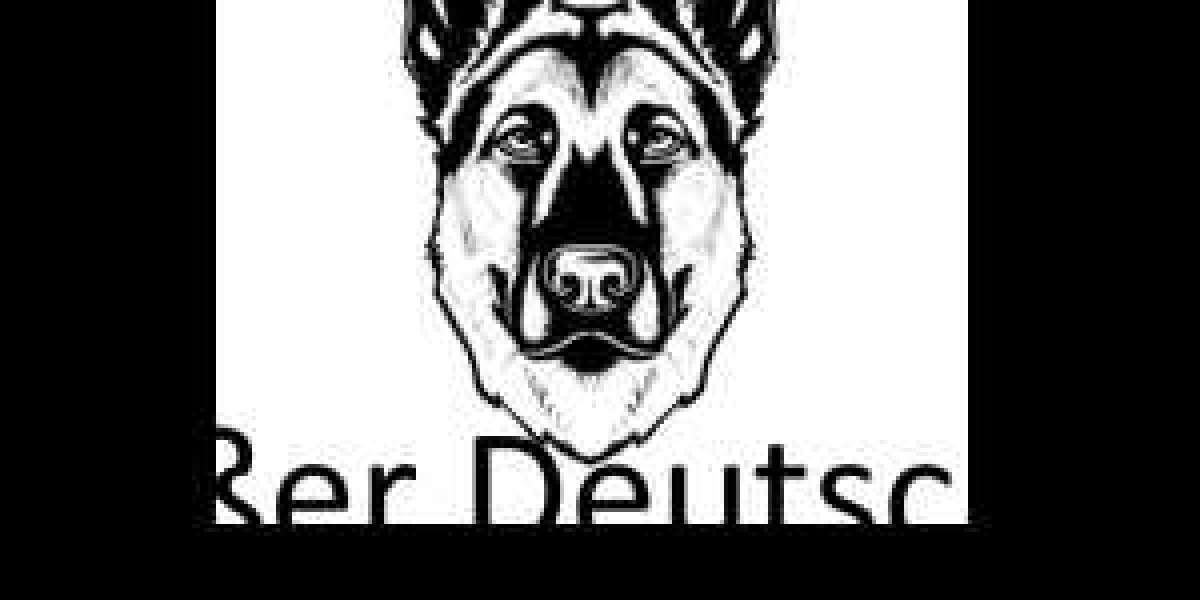Introduction
A plagiarism checker is one of the most trustworthy tools to make sure your content is authentic. Whether you're a student, teacher, blogger, or business professional, authenticity in written content is crucial in this era of instantaneous content sharing and rapid digital communication.These tools have evolved from simple text comparison software into sophisticated AI-powered solutions capable of detecting even the most subtle forms of copied content.This comprehensive guide delves into what a plagiarism checker is, how it works, its benefits, and how to choose the right one for your needs. It also highlights its applications across various sectors and offers insights into how you can write with integrity in a world flooded with content.
What Is a Plagiarism Checker?
A computer instrument or program called a plagiarism checker is made to identify instances of information that has been copied, paraphrased, or is not original. It scans the submitted text against a massive database of online and offline sources to find similarities. These tools generate a plagiarism report highlighting matched content, source URLs, and a percentage of similarity.While early plagiarism checkers simply compared text strings, modern versions use artificial intelligence, natural language processing, and deep learning to identify more complex cases of content reuse, including synonym replacement and sentence restructuring.
How Does a Plagiarism Checker Work?
The core functionality of a plagiarism checker revolves around pattern recognition and data comparison. Here's a breakdown of how it operates:
- Text Analysis: Once you paste or upload your document, the tool breaks it down into phrases or sentences.
- Database Comparison: It then compares these phrases with billions of pages from academic journals, news sites, blogs, books, and more.
- Pattern Detection: Advanced tools also look for paraphrased content, changed word order, or synonym usage.
- Report Generation: The tool provides a report showing matching content, highlighting the exact phrases, sources, and an overall plagiarism score.
- Recommendations: Some tools offer suggestions for rephrasing or citing sources properly to avoid potential issues.
The Importance of Plagiarism Checkers in Modern Writing
Academic Integrity
Universities and schools uphold strict academic integrity policies. Plagiarism can result in severe repercussions, like failing a course, receiving a failing grade, or being expelled. A plagiarism checker helps students and educators ensure that all assignments, theses, and research papers are original and properly referenced.
Content Marketing
In digital marketing, content is king. Originality boosts your SEO rankings, establishes authority, and builds audience trust. Marketers use plagiarism checkers to verify blog posts, social media content, newsletters, and more before publication.
Journalism and Publishing
In journalism, credibility is paramount. Reporters and editors use plagiarism checkers to ensure that articles are free from duplicated information, especially when citing other sources.
Legal and Business Documents
Businesses create various content types—white papers, manuals, proposals, legal documents—where originality is not just ethical but often legal. Plagiarism can lead to lawsuits, especially if copyrighted materials are reused without permission.
Freelancing and Ghostwriting
For freelance writers and ghostwriters, reputation matters. Plagiarism checkers help them deliver 100% original work to their clients, thereby maintaining trust and long-term professional relationships.
The advantages of using a plagiarism detector
Protects Your Reputation
Being accused of plagiarism can harm your professional reputation, regardless of your occupation—academic, writer, or business owner. A plagiarism checker ensures your content is clean and credible.
Saves Time
Rather than manually scanning through hundreds of sources, a plagiarism checker does the heavy lifting in seconds, saving you countless hours of research and proofreading.
Enhances Learning
For students, checking for plagiarism before submission helps them learn proper citation practices and develop original thinking.
Improves SEO Rankings
Search engines prioritize unique content. Duplicate or plagiarized content might lead to sanctions.Using a plagiarism checker ensures your website stays on top of search results.
Encourages Ethical Writing
Using these instruments develops a culture of honesty, integrity, and respect for intellectual property.
See more article: plagiatsprüfer
Qualities to Consider in a Plagiarism Checker
Not all plagiarism checkers are created the same. Here are some features to consider when choosing one:
Database Size
The accuracy of the checker increases with the size of the database. Top-tier tools scan content from books, journals, websites, and academic repositories.
AI and Paraphrasing Detection
Choose a tool that can detect paraphrased content or content spun using synonym replacers. These tools use AI to identify even restructured plagiarism.
Multi-format Support
A good plagiarism checker should support various formats like DOCX, PDF, TXT, and HTML.
Detailed Reporting
Look for comprehensive reports that show exact matching text, source URLs, and suggestions for improvement.
Integration and Accessibility
Many modern tools integrate with Google Docs, MS Word, and content management systems like WordPress. Some even offer browser extensions for on-the-go checks.
Grammar and Style Suggestions
Some plagiarism checkers double as writing assistants, offering grammar corrections, sentence restructuring tips, and readability enhancements.
Top Plagiarism Checker Tools in 2025
Here’s a look at some popular plagiarism checkers being widely used today:
Grammarly
In addition to being a top grammar tool, Grammarly has a plagiarism detector that checks text against academic databases and billions of web pages.
Turnitin
Primarily used in educational institutions, Turnitin offers deep database access and is a favorite among teachers for assignment submission checks.
Copyscape
Favored by webmasters, Copyscape is a straightforward tool that helps detect copied web content and monitor duplicate content across the internet.
Quetext
Quetext provides a simple user interface with deep search functionality and supports citations, making it ideal for academic use.
Plagscan
This plagiarism checker offers side-by-side comparisons and detailed reports, making it excellent for researchers and educators.
Advice on How to Prevent Plagiarism in the First Place
While plagiarism checkers are a great safety net, here’s how to ensure originality from the start:
Always Cite Your Sources
When you use someone else’s ideas, data, or direct quotes, always credit the source using appropriate citation formats (APA, MLA, Chicago, etc.).
Paraphrase with Understanding
Don’t just replace words with synonyms. Understand the text, then rework it in your own voice.
Use Quotations Sparingly
Quoting is acceptable when necessary, but your content should primarily consist of your own words and ideas.
Maintain Notes and References
While researching, keep organized notes and record all sources. This facilitates accurate citation in the future.
Rely on Your Voice
Your thoughts, insights, and experiences are unique. Focus on original interpretation rather than rehashing existing content.
The Future of Plagiarism Checkers
Plagiarism checkers' ability will advance along with AI technology. In the near future, we can expect:
- Multilingual Plagiarism Detection: Tools that can check plagiarism across multiple languages simultaneously.
- Real-time Detection in Writing Platforms: As you type in Google Docs or MS Word, suggestions will appear immediately to highlight potential matches.
- Blockchain for Authorship Verification: A decentralized system for tracking original content ownership using blockchain could become a reality.
- Voice and Video Plagiarism Detection: With multimedia content on the rise, checkers may soon analyze scripts and spoken content for originality.
Conclusion
In a world where content is king and originality is currency, using a plagiarism checker is no longer optional—it's essential. These tools not only safeguard your integrity but also empower you to write with confidence. Whether you're crafting a college essay, publishing a blog post, or submitting a corporate proposal, ensuring your work is authentic should be your top priority.By understanding how plagiarism checkers work, exploring the best tools available, and adopting ethical writing practices, you can uphold originality and contribute meaningful content to the global information space.
For more and latest article: Click Here








